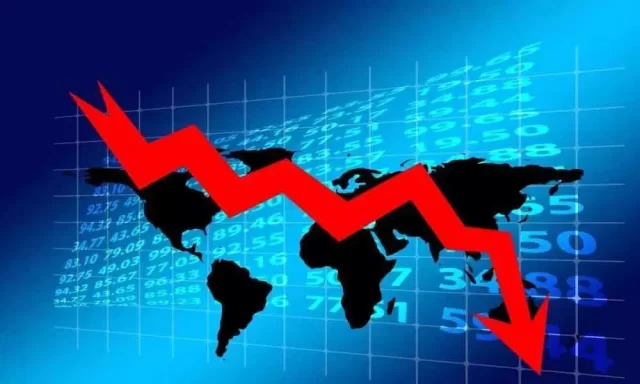The global economy seems increasingly likely to be heading into a severe slowdown, just like the most elevated inflation in a generation prompts central banks to aggressively reverse the ultra-loose monetary policy adopted during the pandemic to support growth. Business practice in the United States, the world’s largest economy, contracted for the first time in nearly two years this month, training in the eurozone retreated over a year, and growth in Britain was at a 17-month low. The article is about Global Slowdown Suspicions Darken.
However, Japan’s government is expected to sharply cut its domestic growth forecast. In the meantime, China’s COVID-19 lockdowns and Ukraine-Russia conflicts have further damaged global supply chains that had not yet recovered from the pandemic. S&P Global said its preliminary US Composite PMI Output Index had surpassed far more than expected to 47.5 this month from a final reading of 52.3 in June 2022. That was the fourth straight monthly drop and was driven by weakness in the services industry.
In the eurozone, a survey showed that business activity unexpectedly contracted due to an accelerating manufacturing downturn and a near-stalling service industry growth as burgeoning costs pushed consumers to cut back on expenditure. As a result, s&P Global’s flash Composite Purchasing Managers’ Index (PMI) for the eurozone, seen as a good gauge of overall financial health, fell to 49.4 in July.
Businesses across the eurozone continued to report mounting inflation pressures and an acceleration in wage growth, even as the overall growth outlook becomes increasingly murky, the European Central Bank said, based on a survey of 71 major firms. Official data showed that inflation in the currency union was 8.6% last month. As a result, the ECB raised interest rates by more than expected, confirming that concerns about runaway inflation now trump growth considerations.
A separate survey showed that factory activity also slowed in Australia, with the index falling to 55.7 in July from 56.2 in June. In addition, China’s economic growth hindered sharply in the second quarter, weighed by widespread lockdowns and pointing to persistent pressure over coming months from a darkening worldwide outlook. The slowdown in the world’s second-largest economy and the fallout from aggressive central bank tightening forced the Asian Development Bank to slash its growth forecast for the region.
To explore more Economical articles, Please Click Here!




















